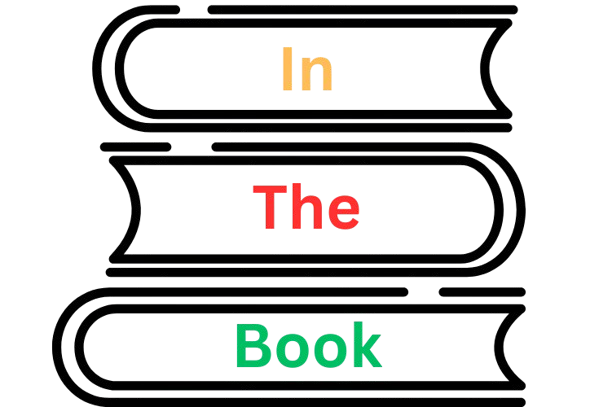Writing an essay about your favorite book is a fun way to share what you love and why it matters. First, pick a book that moved you – one with characters or themes that still stick in your mind. Next, think about what makes this story special. Maybe it sparked new ideas, made you laugh, or helped you understand someone else’s world. By focusing on personal connections and clear examples, you can turn your passion into a strong, engaging essay.
Start by jotting down key moments, quotes, and characters that stand out. Then, build a simple plan: introduction, body paragraphs, and a conclusion that ties everything together. If you ever feel stuck on wording or need extra polish, tools like WriterEssay can give you a quick boost. Combining your own insights with smart writing support keeps your voice front and center while easing the load of revision and proofreading.
This guide walks you through each step, from brainstorming ideas to crafting a smooth final draft. You’ll find clear strategies, a single bullet list of essential steps, and simple tips to avoid common traps. Ready to dive in? Let’s get started!
Contents
Choose Your Angle
Every great essay has a clear focus. When you write about your favorite book, decide what angle will make your essay unique. Possible angles include:
- Character Analysis
- Theme Exploration
- Author’s Style
- Personal Impact
Pick one main idea that you can explore in depth. For example, if you choose character analysis, focus on how a protagonist grows or faces challenges. If you pick theme exploration, explain why a certain idea – like friendship or courage – resonates with you. Sticking to one angle helps keep your essay focused and your arguments strong.
Gather Evidence from the Text
Good essays use solid evidence. As you read, highlight passages that support your angle. Look for:
- Quotes that illustrate key traits or themes
- Moments when characters make important choices
- Descriptions that reveal the author’s style
Use sticky notes or a simple notebook to record page numbers and brief summaries. This makes it easier to reference your material later. Aim for at least three to five pieces of evidence. Too few examples can leave your essay feeling thin. Too many can overwhelm the reader. Balance is key.
Create a Clear Outline
An outline acts as a roadmap for your essay. Here’s one simple structure:
- Introduction
- Hook: A short, catchy line about the book
- Background: Title, author, brief plot overview
- Thesis: Your main angle in one sentence
- Body Paragraphs
- Topic Sentence: State the focus of the paragraph
- Evidence: Quote or example from the text
- Analysis: Explain how it supports your thesis
- Transition: Link to the next paragraph
- Conclusion
- Restate Thesis: Remind the reader of your main point
- Reflection: Share how the book influenced you
- Closing Thought: A final idea to leave an impression
Outlining helps you spot gaps before you start writing. It also speeds up the drafting process.
Drafting the Introduction
Your introduction needs a strong hook. Try starting with:
- A surprising fact about the author
- A vivid description of a key scene
- A question that the book raises
Next, give just enough background: the title, author, and a one- or two-sentence plot snapshot. End the introduction with a clear thesis statement that shows your angle. For instance: “In To Kill a Mockingbird, Harper Lee uses Scout’s innocence to expose racial injustice, revealing how children can challenge deep-seated prejudice.” Keep it under 120 words so you stay concise and focused.
Building Engaging Body Paragraphs
Each body paragraph should focus on one main idea that supports your thesis. Follow this pattern:
- Topic sentence (what this paragraph will cover)
- Evidence and quote (one solid example)
- Analysis (your thoughts on why it matters)
- Transition sentence (link to the next point)
Aim for three to four body paragraphs. Too many can dilute your focus; too few risk underdevelopment. When you explain your evidence, tie it back to your own experience. Show how the text moved you or changed your view.



























